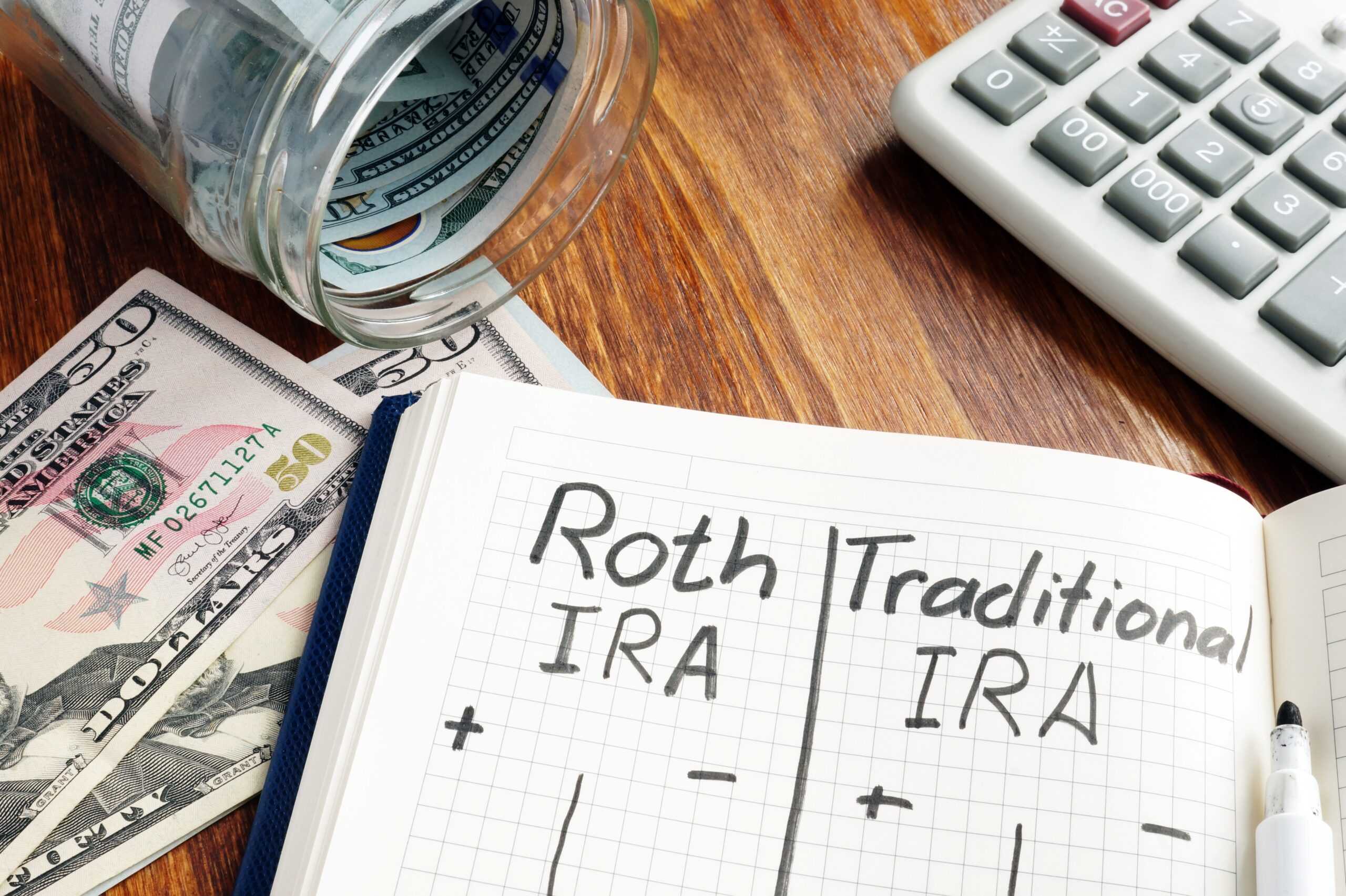February 26th, 2024 | 12:30PM MST
Written By: Teresa Milner | Senior Wealth Management Advisor with Pearl Capital Management
Have you ever found yourself puzzled over the terms used when having conversations about saving and retirement? I have been a financial planner for years now, and I find myself clarifying the confusion between qualified and non-qualified investments time and time again. You’re not alone in this confusion, so let’s get some clarity:
Qualified Accounts – Tax-Deferred:
The most common type of qualified accounts are tax-deferred retirement accounts. Some of the key features and parameters include:
-
- You can lower your taxable income the year you make the investment.
- The contribution amount is limited.
- The taxes on the money you invest as well as the earnings can be delayed until they are withdrawn.
- You can delay paying taxes until the Retirement Minimum Distributions begin (RMD) This takes place a year after you turn 70.5
- RMDs can be sent directly to charity, and those funds will never be taxed.
- Account types include: IRA, 401(k), pensions, 403(b), 457(b), SEP IRA, SARSEP, SIMPLE IRA, Profit Sharing Plans, ESOP
Other Qualified Accounts:
In addition to the Tax-Deferred Qualified Accounts listed above, there are other Qualified Accounts that provide tax advantages as well. These account types also have contribution limits, but the distributions on these qualified accounts can come out tax-free (with limitations). Other qualified account types include:
-
- Roth IRA: Contributions are made with after-tax dollars, and qualified withdrawals are tax-free.
- Roth 401(k): Similar to the Roth IRA; contributions are after-tax, and qualified withdrawals are tax-free.
- 529 College Savings Plan: State-sponsored education savings accounts. Tax-deferred growth, and tax-free distributions when withdrawn for qualified education expenses.
- HSA: Triple tax advantage; deposits are tax deductible, growth is tax-deferred and spending is tax-free – subject to limitations and restrictions.
Nonqualified Accounts:
The most common types are Individual, Joint, and Trust accounts. These investments do not have preferential tax treatment and do not have contribution limits.
-
- You can invest any amount at any time.
- You can withdraw funds as needed.
- The initial money invested in these accounts has already been taxed as income.
- Upon withdrawal or investment changes, you pay taxes on any realized gains, not on the initial investment (cost basis).
To further explain, if you invest in a stock worth $100 (cost basis), after 2 years it grows to $120. Once you sell it, you will pay capital gains tax on the $20 (the realized gain).
The next question you may be asking yourself is “Do I need both qualified and non-qualified investments?” The short answer – YES – let me further explain with two scenarios:
Scenario #1: Bob and Ann save diligently for retirement, and upon retiring at age 64, they have accumulated $2 million, all in Qualified Tax-Deferred Investments (traditional IRAs). The year after retirement, they decide to purchase their forever home and want to withdraw $200,000 from their IRA investments for the additional purchase price. Since they received the benefit of tax-deferral when investing into their IRAs, when withdrawn, this money will be taxed as ordinary income the year it is taken out. Subsequently, they will need to withdraw additional funds to cover the tax bill. Assuming an additional income source (i.e. social security), it is likely Bob and Ann will be subject to approximately a 30% federal tax rate, in addition to their state tax rate. Therefore, to have $200,000 available for their home purchase, they will likely need to take a distribution around $260,000 to cover the tax liability.
Scenario #2: Bob and Ann save diligently for retirement, and upon retiring at age 64, they have accumulated $2 million, but it is diversified into the following accounts: $1 million in IRAs, $800,000 in non-qualified investments, as well as $200,000 in a tax-free withdrawal Roth IRA. They decide to buy the same forever home and need $200,000 for the additional purchase price. They have the flexibility to get this money from their IRAs, non-qualified and tax-free Roth IRA investment accounts. In this scenario, they will not need to pull the entire amount from their taxable IRAs and can avoid pushing themselves into a higher tax bracket and incurring a high tax liability on the withdrawal. For example, using $80,000 from the IRAs, $90,000 from the brokerage/trust account, and $30,000 from the Roth IRA should keep them in the 22% federal tax bracket.
If you’re still puzzled about the difference between qualified and non-qualified accounts, speak with one of our financial advisors. The benefits of saving money in more than just a Tax-Deferred Qualified Account for retirement are numerous. Plus, tax diversification and tax mitigation is a helpful added benefit to keep more of your hard-earned money in your pockets.






